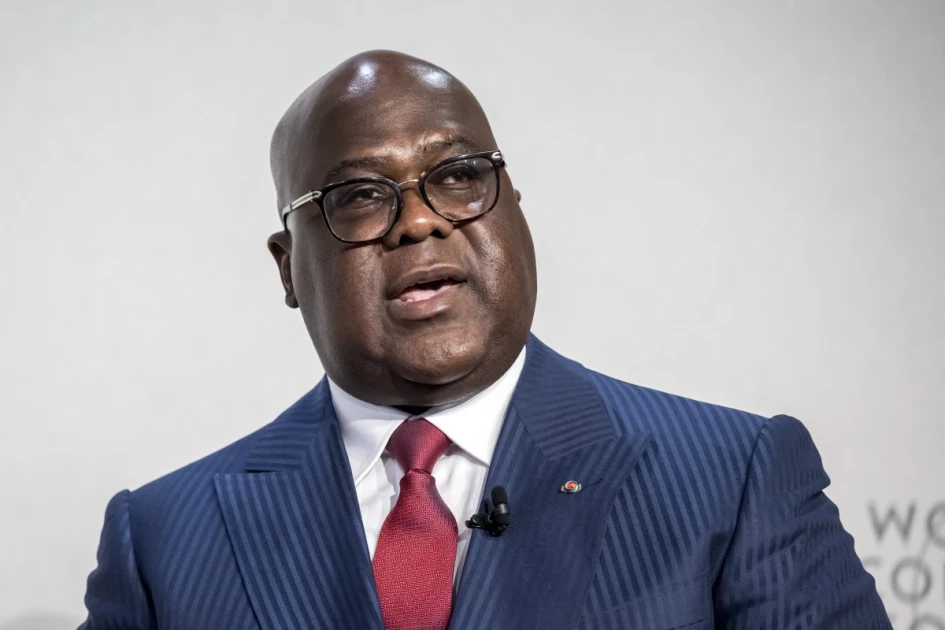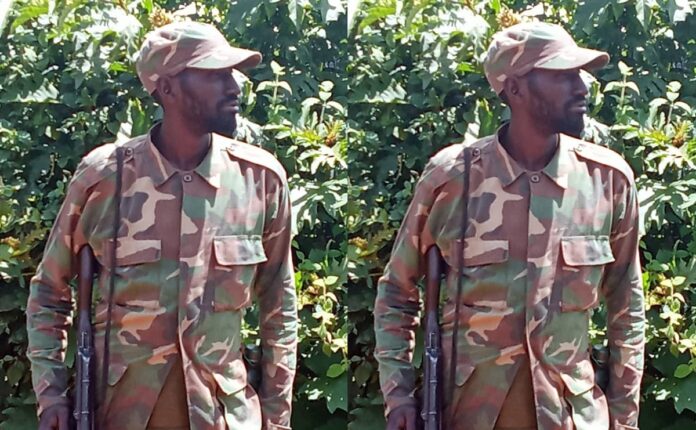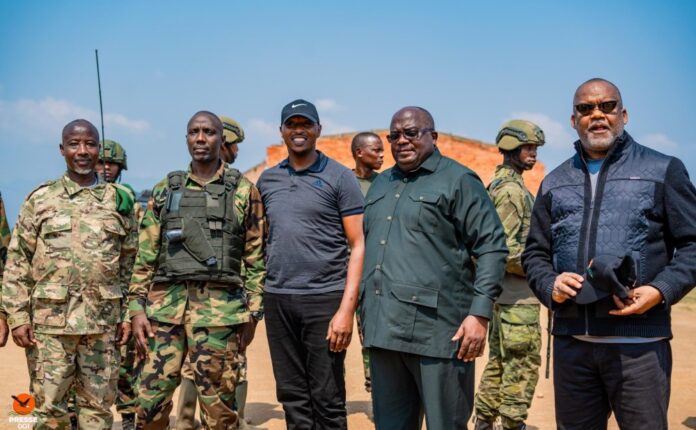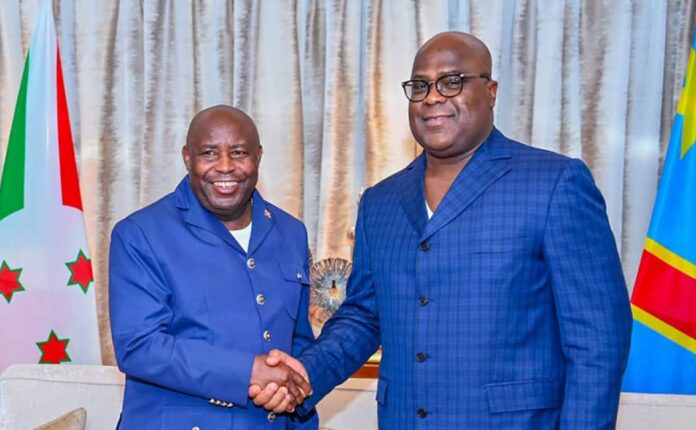Even though the people in the eastern part of the Democratic Republic of Congo have regained hope and peace after many years of war, President Félix Tshisekedi is not among those celebrating.
The reason for his discomfort is clear: peace means that Congolese citizens have started questioning him about the promises he made, economic growth, good governance, and justice, things he has avoided by hiding behind endless wars that bring no benefit to the country.
For years, President Tshisekedi insisted that war was the solution to the eastern Congo crisis. As long as the fighting continued, the people directed less anger toward him because all problems, whether insecurity, poverty, or lack of infrastructure, were blamed on the war.
But now that the war is over, Tshisekedi stands exposed before history: citizens are holding him accountable, reminding him that instead of building the country, he has spent his time dragging it into unnecessary wars.
Tshisekedi used every possible method to claim he wanted to “defeat” M23. He encouraged groups like the Wazalendo, gave them military training and weapons, and promoted joint operations with the Congolese army (FARDC), the Burundian army, and even the FDLR, a group accused of participating in the 1994 Genocide against the Tutsi in Rwanda.
All of those efforts failed. M23 showed remarkable resilience, protected civilians, and liberated large areas of eastern Congo, which turned into a political embarrassment for Tshisekedi.
When the East African Community (EAC) troops began bringing genuine peace, not the kind Tshisekedi wanted, he expelled them. He then turned to SADC, especially the armies of South Africa, Tanzania, and Malawi. But they too were defeated by M23’s extraordinary tactics and had to retreat in disgrace.
Realizing that war could not bring security, Tshisekedi turned away from mercenaries and sought support from Europe and the United States.
He reportedly told Trump: “We have valuable minerals, fight M23 for us and bomb Kigali.” That was his request, according to sources.
However, Trump, who had returned to office, didn’t prioritize Tshisekedi’s request for mineral-driven warfare.
Instead, he sent U.S. Secretary of State Marco Rubio to initiate reconciliation talks between Kigali and Kinshasa. This move deeply frustrated Tshisekedi, who had hoped for more conflict.
Still, Tshisekedi didn’t give up. He turned to Belgium through Minister Maxime Prevot, asking him to push for international sanctions against Rwanda and possibly a military attack. Prevot went around the world lobbying for sanctions on Rwanda, but everywhere he went, he was reminded that SADC, EAC, and the African Union supported negotiations rather than war.
Belgium even went to Burundi, asking it to prepare for battle and providing it with advanced equipment. But the major lesson came swiftly: they were told Rwanda was not a country to be underestimated. They were reminded of how the RPF overthrew Mobutu and defeated Central African rebels that had overwhelmed European-backed forces and mercenaries.
Belgium and Tshisekedi suffered another blow: Qatar committed to launching peace talks between M23, the Kinshasa government, and Rwanda. The U.S. also threw its support behind negotiations instead of armed conflict.
These developments halted all plans to isolate Rwanda and caused Belgium to lose its way, it was no longer allowed to deploy troops and refused to engage in war, opting only to provide arms out of fear of U.S. retaliation.
Today, Tshisekedi appears to have lost all hope in war. He explored many paths, but never the path of peace.
Had he agreed to dialogue with M23, recognized them as Congolese with legitimate grievances, and abandoned hatred and discrimination, he could have stood tall as a leader.
Instead, he chose to collaborate with terrorist groups, lobbied foreigners to attack Rwanda, pushed for sanctions, and delayed peace.
How will history remember Tshisekedi and Belgium in the context of this region? Peace is possible, but not through Tshisekedi’s path.



